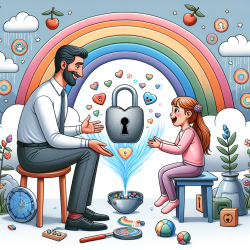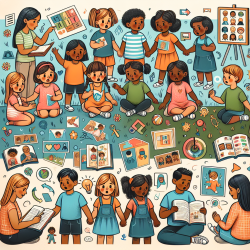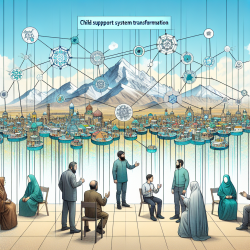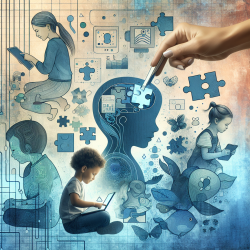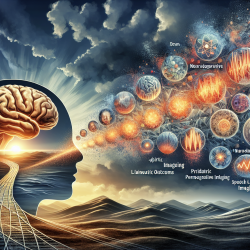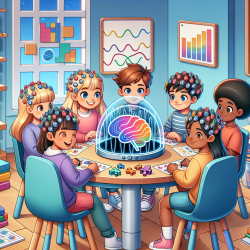The Power of Love and Hope in Child Development
As practitioners in the field of speech-language pathology, we are constantly seeking ways to enhance the outcomes for the children we serve. A recent review article, "What Makes People Grow? Love and Hope," sheds light on two critical emotional factors that significantly influence human development: love and hope. This blog explores how these elements can be integrated into therapeutic practices to foster better developmental outcomes.
Understanding the Research
The research emphasizes that love and hope are not just abstract concepts but are deeply intertwined with healthy human development. Love provides a sense of security and attachment, essential for physical, cognitive, and emotional growth. Hope, on the other hand, offers optimism and resilience, helping individuals face adversity with confidence.
The study highlights historical and contemporary examples, such as the impact of social, economic, and political changes in Japan between 1970 and 1990, illustrating how these emotional factors can influence growth. The absence of love and hope is linked to delayed growth and development, while their presence promotes well-being and maturation.
Implementing Findings in Practice
As practitioners, we can harness the power of love and hope to improve therapeutic outcomes. Here are some strategies to consider:
- Foster Secure Attachments: Encourage parents and caregivers to build strong, loving bonds with their children. This can be achieved through regular, positive interactions and providing a safe, nurturing environment.
- Promote Optimism: Help children develop a hopeful outlook by setting achievable goals and celebrating small successes. Encourage them to express their dreams and aspirations.
- Support Resilience: Teach children coping strategies to handle challenges. Building resilience can help them navigate difficulties and maintain a hopeful perspective.
- Create a Supportive Community: Establish a network of support for children and their families. This can include peer groups, community resources, and professional support systems.
Encouraging Further Research
The findings from this review underscore the importance of emotional well-being in child development. Practitioners are encouraged to delve deeper into this area, exploring how love and hope can be systematically integrated into therapeutic practices. Further research can help refine these strategies and provide evidence-based approaches to enhance child development.
Conclusion
Love and hope are powerful drivers of human growth and development. By understanding and applying these concepts in practice, we can create more effective therapeutic interventions that support children's overall well-being. For those interested in exploring this topic further, I highly recommend reading the original research paper.
To read the original research paper, please follow this link: What makes people grow? Love and hope.
